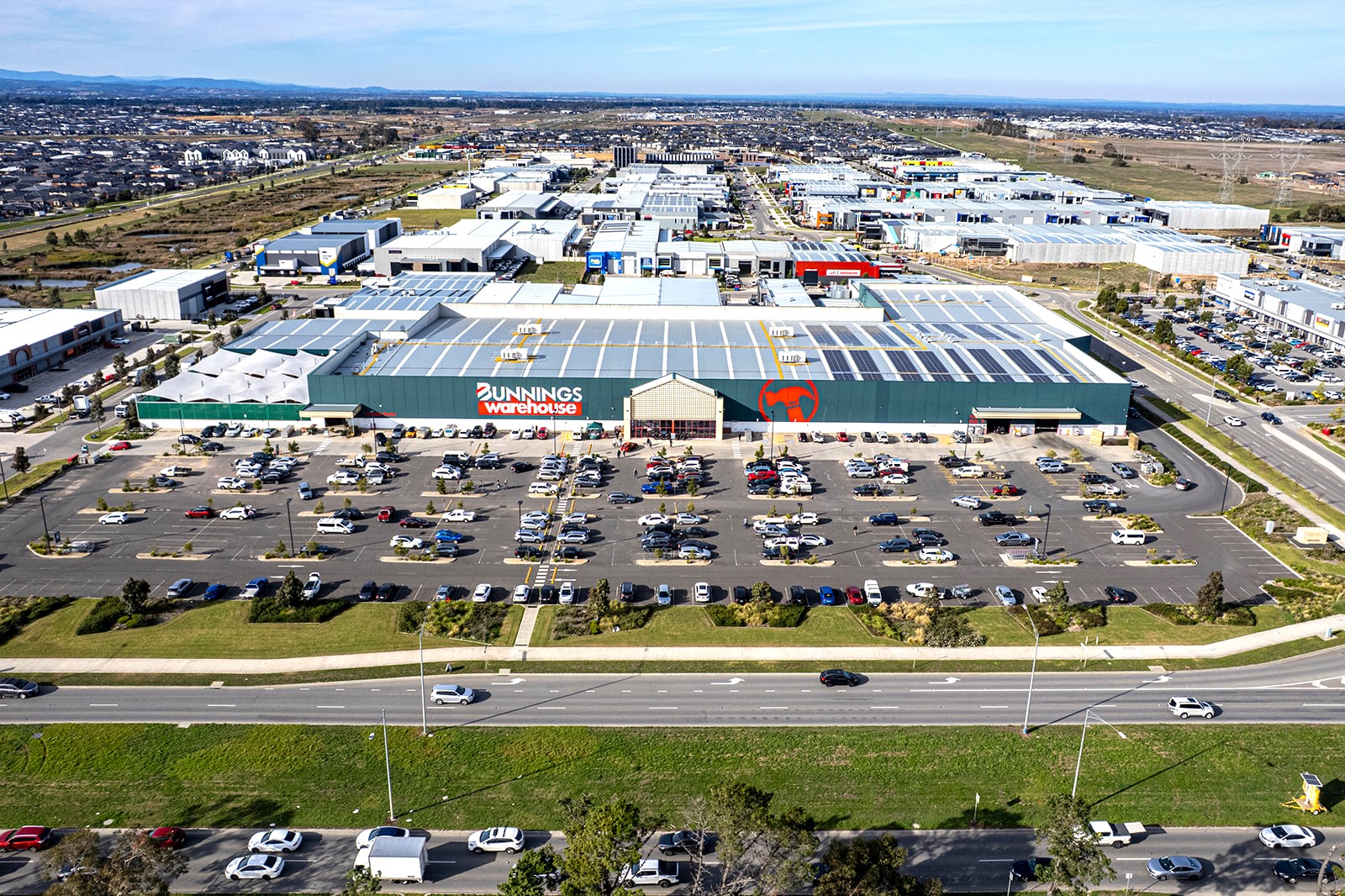There is a strong debate among Grocery retailers about how best to manage the delivery or fulfillment of on-line purchases which will influence the demand and use of real estate.
There are two models being adopted by Coles and Woolworths. One is the Centralised Fullfilment Centre (CFC) where the picking and packing of orders is done in a large scale warehouse. The second is a Mirco Fulfillment Centre (MFC) where orders and picked and packed in localised areas such as within an existing supermarket.
Coles are adopting the CFC model with Ocado technology, whilst Woolworths are adopting the MFC with Takeoff technology.
US Investment Bank, Jefferies claim that the MFC model is 900bps cheaper than the CFC model, a claim that Orcado naturally disputed with figures from Berstein's claim their model was 540bs cheaper.
Jefferies view MFCs as the most viable/economical answer to online fulfilment … "as it is relatively easy to deploy (low cost, quick to build), eliminates more than 75 per cent of manual costs … largely leverages pre-existing fixed assets/supply chain, expedites the time required to serve, and carries a materially lower delivery cost versus its larger/pricier centralised fulfilment (CFC) counterpart," Jefferies analyst Christopher Mandeville said.
Jefferies had said that Ocado's centralised model worked well in the UK but it would be less suitable for the US [or Australia] due to lower population density.
Online grocery sales which have a market hare of approx 8% at present are rising by about 30% a year and Coles and Woolworths are investing heavily in their online operations to make them more profitable, keep up with customer demands for express delivery and click and collect, and to compete with Amazon, which launched an online food offer last year.
Coles have defended their decision to invest $150m into the CFC model which they believe will allow them to increase on line sales to over $1bill. According to the Bernstein report produced by Orcado, food retailers were likely to need one CFC for every 80 stores. On this basis Coles, which has about 800 supermarkets, might need eight CFCs, assuming an even distribution of stores.
Woolworths decision to adopt MFC is also about utilising existing space in supermarkets in which they have existing long term lease commitments and existing distribution arrangements as opposed to establishing new facilities and duplicating distribution.
No matter which fulfillment model works best, the implications are significant as both major supermarket chains will likely adapt their store footprint to suit their model. If on-line growth rates continue at the present rate for the next 5 years, the penetration of on line shopping will increase above 20%, meaning fewer grocery trips to the Shopping Centres and potentially fewer larger format supermarkets.
Landlords therefore need to establish new reasons for people to spend their new found leisure time at the Shopping Centre vs at home with a cuppa.



